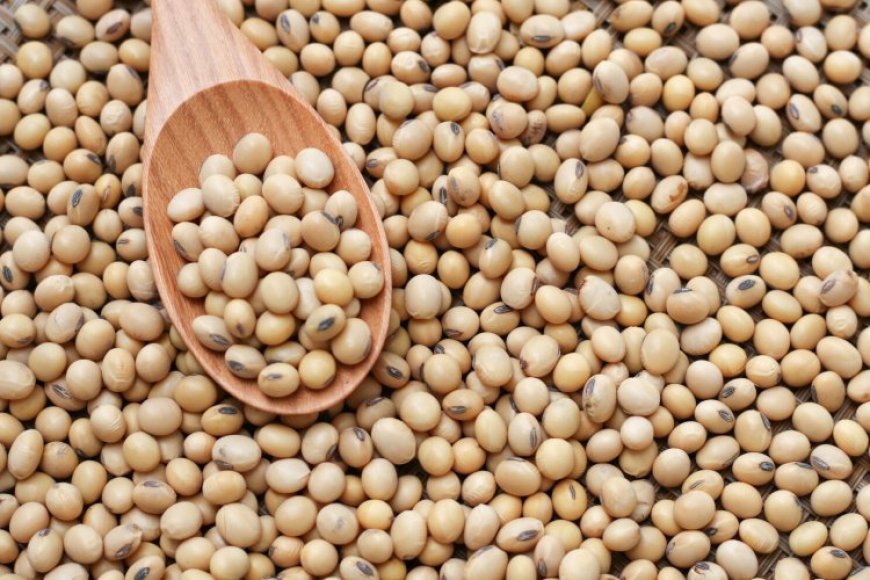Ibrahim Patel
Mumbai : Soybean futures were under heavy pressure from the expectations of bumper crops for the South America 2023-24 crop season. Despite weather setbacks, Brazil harvested its second largest soybean crop in history, above 150 million ton, while Argentina recovered from a drought in the previous season, harvesting 49 million ton of soybeans, according to the US Department of Agriculture.
Even with a record crop, farmers say it would not come close to matching last year’s profits. Last year farms in US, sold soybeans for $12 to nearly $14 a bushel, but now they are selling for around $9.50. The Chicago Board of Trade November soybean futures contract was trading over $12 in May, but settled at a contract low of $9.36 on Aug. 16, and was at $9.41 a bushel on Friday. That’s a 30% decrease in one year and the lowest prices since August 2020.
Soybean prices in Madhya Pradesh have dropped to levels last seen a decade ago, causing significant distress among farmers. Currently, soybean is being sold at Rs. 3,500 to Rs. 4,000 per quintal in the state’s mandis, which is well below the Minimum Support Price (MSP) of Rs. 4,850 fixed by the central government for the upcoming Kharif marketing season (2024-25). The production cost of soybean is Rs 3,261 per quintal. This price gap is resulting in a direct loss of Rs. 1,000 to Rs. 1,300 for farmers.
Data from the Soybean Processors Association of India (SOPA) shows that the average price of soybean in 2013-14 was Rs 3,823, which is nearly equivalent to the current prices. Soybean prices have dropped by 30% compared to last year when the crop was selling at around Rs 5,000, but now the prices have fallen to approximately Rs 3,500.
A significant factor contributing to the price drop is the reduction in import duty on soybean refined oil. The duty, which was previously at 32%, has been slashed to 12.5%, leading to increased imports of cheaper oil from other countries and reducing domestic demand for soybean. Additionally, the dominance of major soybean-producing countries like Argentina, Brazil, and the US adversely affecting the demand for Indian soybean. These three countries account for 95% of global soybean production, while India’s share remains only 2.5% to 3%.
In India, the average soybean yield ranges from 400–2300 kg per hectare (kg/ha), with a median of 1000 kg/ha. The National Agricultural Statistics Service US forecast of 57-bushel-per-acre average yield, up three bushels per acre from last year. Stronger Chinese purchasing of Brazilian soybeans has led to a slower pace of US new crop sales commitments. Without an increase in US export sales, US ending stocks could rise over 600 million bushels, which would be the highest level since the 2018-19 trade war.
There were further increases to global crop prospects after the USDA published its World Agricultural Supply and Demand Estimates report on Aug. 12 and drove prices below $10 a bushel amid projections of record yields and ending stocks 62% higher in the US for the 2024-25 crop season. Brazil's soybean exports to China over January-July rose to an all-time high of 55.2 million ton, according to the country's foreign trade ministry report released Aug. 6.
(Disclaimer: This analysis is only for educational purpose and is not and must not be construed as investment advice. It is analysis based purely on economic theory and empirical evidence. Readers are requested to kindly consider their own view first, before taking any position.)




 Previous
Article
Previous
Article












